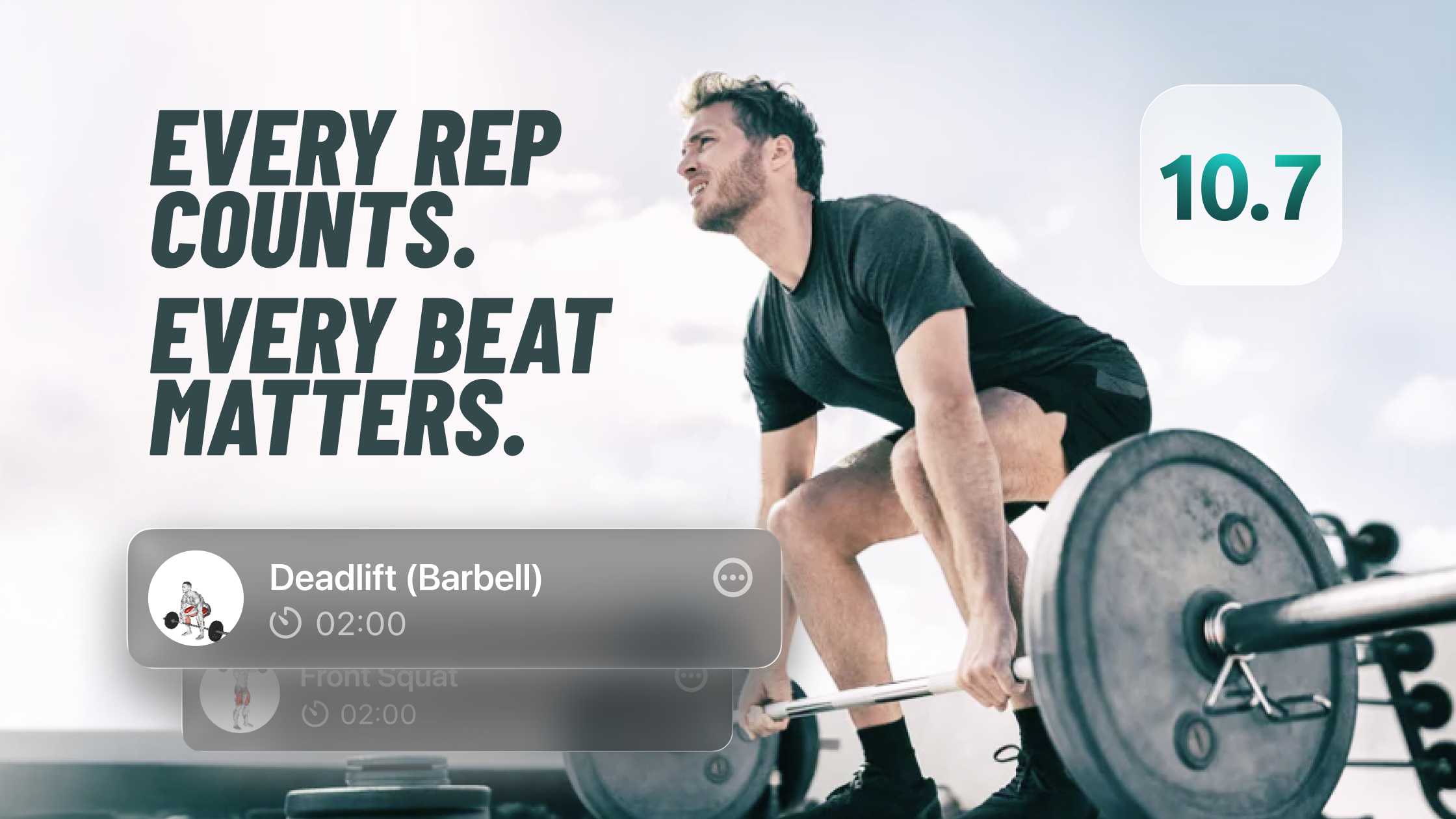What Is Foam Rolling and Should I Start Doing It?

If you’ve been to a gym lately you’ve probably seen a foam roller lying somewhere. Maybe you have wondered how you would use a foam cylinder in your health and fitness efforts. You may have even seen someone holding a plank position over the roller. They may have been holding a plank position and wincing in pain. Why would someone do this to themselves? It looks pretty painful. Foam rolling has been gaining in popularity recently, and with more and more research suggesting its myriad of benefits foam rolling is unlikely to go away any time soon. So, what is foam rolling, and how can you incorporate it into your fitness routine?
Foam rolling is a method of self-myofascial release (MFR) which uses targeted pressure to release tension. It targets ‘trigger points’, or ‘knots’ in the connective tissue surrounding your muscles. While fascia – the network of connective tissue that holds together your musculature and organs – has been a long-neglected element of the body in traditional health and fitness routines, interest in the fascial system of the body is growing within this community. Tendons and ligaments have historically only been thought about once they start to cause pain. Unless you've got a repetitive stress injury nobody seems to talk about tendons. Fascial training techniques like foam rolling are used to keep the fascial system healthy, preventing injury and potentially reducing recovery time and easing muscle soreness.
How do I foam roll?
Foam rolling, unlike a lot of new elements you could introduce to your fitness routine, requires relatively little training and equipment. The only equipment required to start is a foam roller, tennis ball, or other MFR accessory, and a clear floor space for the foam rolling itself. The foam rolling technique is similarly simple. To get started simply place a large muscle against the foam roller, generally by placing the foam roller on the floor and positioning your body on top of it, and slowly roll it against your muscle. By applying pressure to the muscle against the foam roller and slowly rolling against it you should be able to quickly find points in the muscle of pain, tenderness, or tightness. These are the ‘trigger points’ that foam rolling is designed to target.
Does it hurt?
Your facial ‘trigger points’ can be released with the foam roller. This leads to healthier fascia, increased range of motion, and less pain. This process is, however, often an uncomfortable one. Once you find a ‘trigger point’ in the muscle you’re targeting stop rolling the muscle and hold pressure against this point until the tension relaxes. You can also flex the muscle or put it through its range of motion while holding it against the foam roller. Roll very subtly against the trigger point back and forth or side to side as desired. Foam rolling replicates the hands of a sports massage therapist, targeting and unwinding knots in the muscles and fascia to reduce pain and tension.
This can be very uncomfortable. Foam rolling really is a 'no pain, no gain' type of activity. If you feel sharp or severe pain at any point during exercise you should stop immediately. It should be uncomfortable, but shouldn't feel like you are injuring yourself. Generally you can feel the difference between 'good' and 'bad' pain, but if in doubt consult a physician.
Contraindications
Muscle groups commonly targeted during foam rolling include the quadriceps, hamstrings, calves, upper back, arms and shoulders. Foam rolling can be used to target any major muscle group, but you should avoid rolling over joints, or directly rolling over the spine. Rolling should be done against muscle and not bone. Rolling over bone won't help you, but it could cause unnecessary pain and injury. Foam rolling can have benefits for healing various sports injuries, but it is always best to consult with a physical therapist before working with any injured muscles, tendons or ligaments. If you are unsure of where to begin or have any injuries or health problems, please consult an expert before adding foam rolling into your fitness routine.
Foam rolling benefits
Research here is still in its first stages. Some studies show that foam rolling can help with flexibility. Anecdotal stories from people suggest that foam rolling can help improve muscle soreness or prevent injuries. Foam rolling can have noticeable acute effects on flexibility. Some people can see noticeable results in just one session. Research on whether or not foam rolling translates to long-term flexibility increases, however, is mixed. While foam rolling can noticeably ease muscle soreness and tightness after a workout, research is unsure of how and why these benefits happen.
Should you start foam rolling?
As with all new workout routines it is best to listen to your own body and adapt according to the progress you see over time. If it feels good, eases your muscle soreness, or increases your range of motion it can be a potentially valuable tool to add to your fitness arsenal. If you find it painful and don't see improvements you should probably stop. Fitness is about feeling better, not worse. Individual needs vary. Experimenting with your fitness routine is important to making sure it's tailored to you.
Still, foam rolling seems to have a lot of benefits. It's cheap, has a low barrier to entry, and new science suggests it's very helpful. More than that, though, foam rolling can give you immediate results. If you have a 'no pain, no gain' attitude you will appreciate foam rolling. Expect immediate results. Greater range of motion. noticeably fewer knots. Feeling generally better, even if it's only in comparison to the pain of foam rolling.
So, grab a foam roller and give it a try. You might find yourself addicted.





.png)




